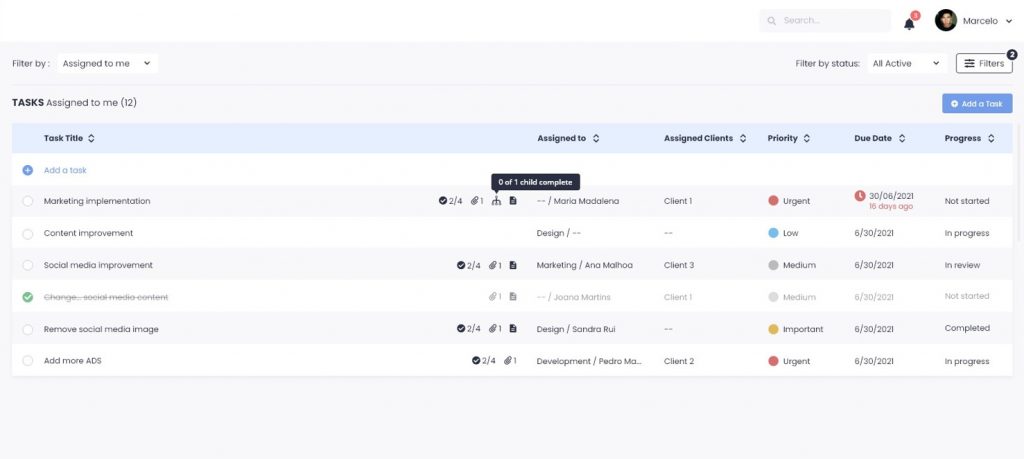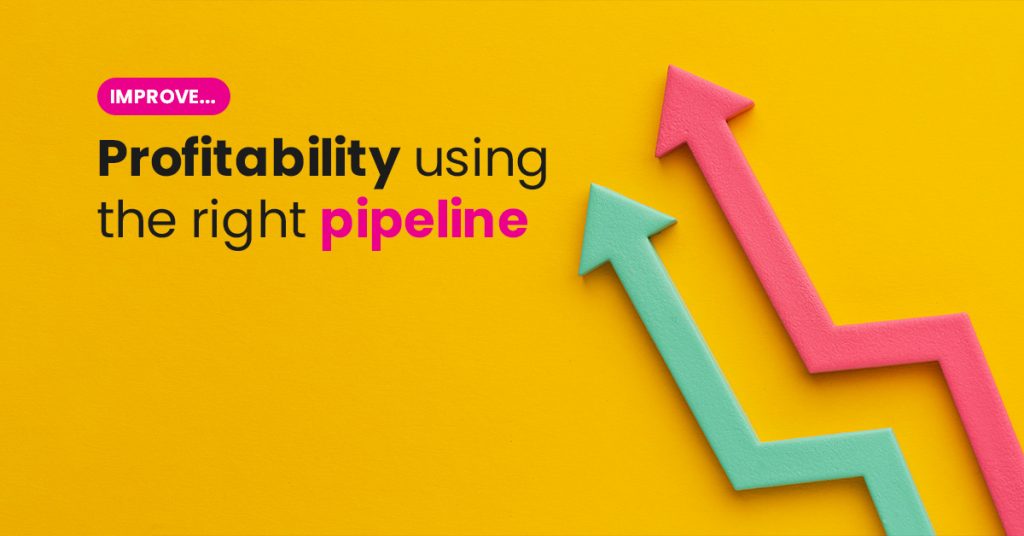What is a Pipeline, and why do you need it?
A pipeline is a series of steps or stages that a potential customer goes through before becoming a paying customer.
By identifying the stages of the pipeline, analyzing data and identifying trends, and implementing best practices, a business can increase its profitability. With the right pipeline and the right strategies in place, a business can improve its bottom line and achieve long-term success.
The main stages of a pipeline
These stages can vary depending on the industry, but a typical pipeline includes stages such as lead generation, qualification, proposal, negotiation, and closing.
- In the lead generation stage, a business can improve profitability by implementing effective lead generation strategies such as search engine optimization (SEO), pay-per-click (PPC) advertising, and social media marketing.
- Qualification stage: here, a business can improve profitability by implementing best practices such as lead scoring, which is the process of assigning a score to each lead based on their level of engagement and likelihood of becoming a customer. This allows a business to focus its resources on the most promising leads, which can lead to more sales and higher profitability.
- In the proposal stage, a business can raise profit margins by creating effective proposals that clearly communicate the value of the product or service and address any objections that the customer may have.
- In the negotiation stage, a business can boost earnings by using effective negotiation strategies such as compromising and finding win-win solutions. This can be done by understanding the customer’s needs and concerns, and by being flexible and open to new ideas.
- Finally, in the closing stage, a business can improve profitability by implementing best practices such as following up with customers and providing excellent customer service. This can be done by using customer relationship management (CRM) software.
How to control your pipeline stages using a CRM?
A Customer Relationship Management (CRM) system can be an effective tool for controlling the stages of a pipeline since it helps businesses manage customer interactions, track leads, and monitor sales activities. By using a CRM system, businesses can gain a better understanding of the pipeline stages and take control of the process of moving leads through the pipelines.
Set up your CRM to track every stage
Tracking stages can be used to follow the progress of leads through the pipeline, and to identify where improvements can be made. By tracking leads in this way, businesses can gain a better understanding of how leads are progressing through the pipeline, and where they may be getting stuck.
Automate processes and notifications
Another way to control pipeline stages using a CRM is by setting up automated processes and notifications. For example, a business can set up automated emails to be sent to leads at specific stages of the pipeline, such as when a lead has been qualified or when a proposal has been sent.
Additionally, a CRM system can send notifications to specific teams in specific situations. For example, it can notify the sales team when a lead reaches a certain stage. Or it can rather advise the marketing team when a client account is running out of money.
Define roles and charge what you deserve!
Lastly, once your lead becomes a client, set different roles on your team, such as Account Manager, Designer, SEO, or any other special permission for your client’s account. Allocate specific tasks for every role and set a time tracker on your CRM.

By logging time spent on specific tasks, businesses can gain a better understanding of how much time is being spent on different activities and make more informed decisions about how to allocate resources. This feature can be useful for freelancers that need to track billable hours. Thus, knowing exactly how much you may charge to a specific client.
Using the best CRM system, you can efficiently oversee every step of your pipeline, thus improving profitability. By allocating tasks automatically, and keeping your team informed of what needs to be prioritized, you can keep track of all your prospects and never miss a follow-up by receiving reminders.

